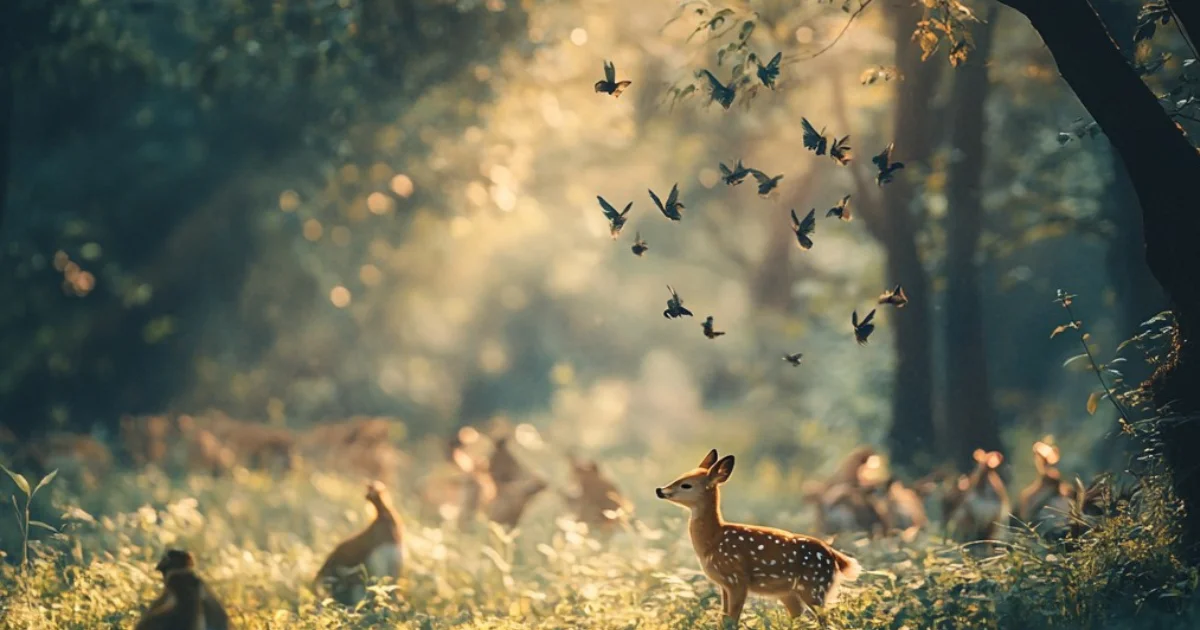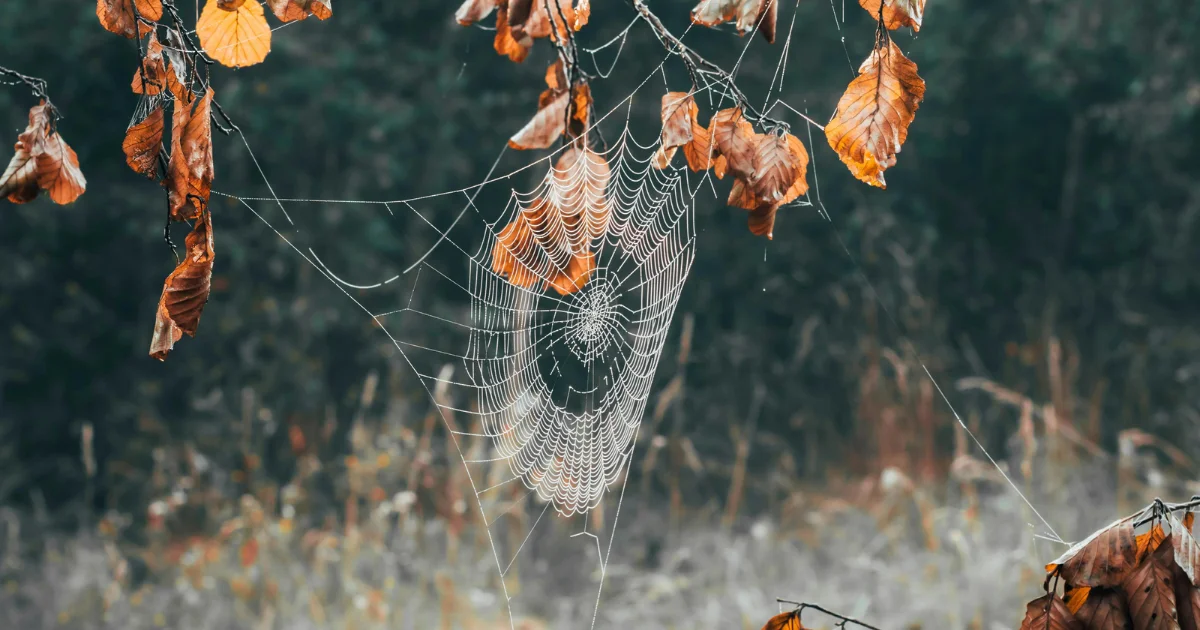trees provided shelter to birds and animals
Table of Contents
ToggleIntroduction
Trees are much more than just beautiful parts of nature. They serve as homes and shelters for many living creatures, especially birds and animals. By offering protection, food, and a safe place to live, trees are essential to the lives of many species. In this article, we’ll explore how trees provide shelter to birds and animals, why this shelter is important, and how we can help protect these natural homes.
How Trees Provide Shelter
Nesting Sites for Birds
Trees offer the perfect place for birds to build their nests. Branches provide strong support where birds can create safe, elevated nests away from ground predators. In the branches and leaves, birds can lay eggs and raise their chicks. This high location also allows birds to look for food, sing, and watch over their young ones in safety.
Dens and Hiding Places for Small Animals
For small animals like squirrels, bats, and insects, trees are safe havens. Hollow sections of old trees, spaces under bark, and thick branches offer hiding spots and shelter. Animals can rest here, store food, and even sleep during the day or night without fear of larger predators. For example, squirrels often make nests in trees, while bats use tree hollows to sleep during the day.
Food and Shelter in One Place
Trees provide both food and shelter, making them a complete home for many species. The leaves, fruits, seeds, and flowers of trees serve as food sources. Animals like monkeys, insects, and birds eat these natural resources directly from the tree, reducing the need to travel far for food. This combination of food and shelter in one place helps many animals survive and thrive.
Why Shelter from Trees Is Important
Protection from Predators
By living in trees, animals and birds are better protected from predators on the ground. Predators like foxes, snakes, and large cats have difficulty reaching animals that live high up in trees. Birds, squirrels, and even small monkeys find safety from these predators by living in the tree branches and canopies.
Weather Protection
Trees provide shelter from harsh weather conditions. The thick canopy of leaves shields animals from rain, wind, and even intense sunlight. During storms or hot days, animals can stay safe and cool under the shade of trees. This shelter is essential for survival, especially in extreme climates.
A single tree can be home to many different types of animals and insects. This means trees help support biodiversity, creating a mini-ecosystem in each tree. Insects, birds, mammals, and even reptiles may all live in the same tree without disturbing each other. This is important for maintaining a balanced ecosystem where every creature has a role to play.
Examples of Animals That Live in Trees
Birds: Parrots, eagles, sparrows, and many other birds make nests in trees.
Monkeys: Many monkey species live in trees, using branches to move around.
Squirrels: Squirrels make nests in trees and store food in the tree bark.
Insects: Butterflies, ants, and beetles use trees as food sources and shelter.
Reptiles: Some lizards and snakes use tree bark or branches to hide and hunt.
How We Can Protect the Natural Shelter Provided by Trees
To ensure that birds and animals continue to have safe shelters, here are some steps we can take:
Avoid Cutting Down Trees: When possible, protect existing trees, as they are homes to many creatures.
Plant More Trees: Planting trees provides new homes for future generations of animals and birds.
Protect Forests and Woodlands: Forests are home to diverse wildlife, so supporting forest conservation is crucial.
Raise Awareness: Educate others about the importance of trees in supporting wildlife, helping more people understand the need to protect trees.
Relevant Post: How to Care for Plectranthus Lemon Lime Plant: Easy Guide
Other Relevant: Tree Conservation and Native Planting
Conclusion
Trees are vital to the survival of many birds and animals, providing shelter, food, and protection from predators and weather. By keeping trees safe and planting more of them, we help support a rich and balanced ecosystem where all creatures can find shelter and thrive. Let’s protect these natural homes for wildlife so future generations of animals and humans can enjoy a greener, healthier planet.





